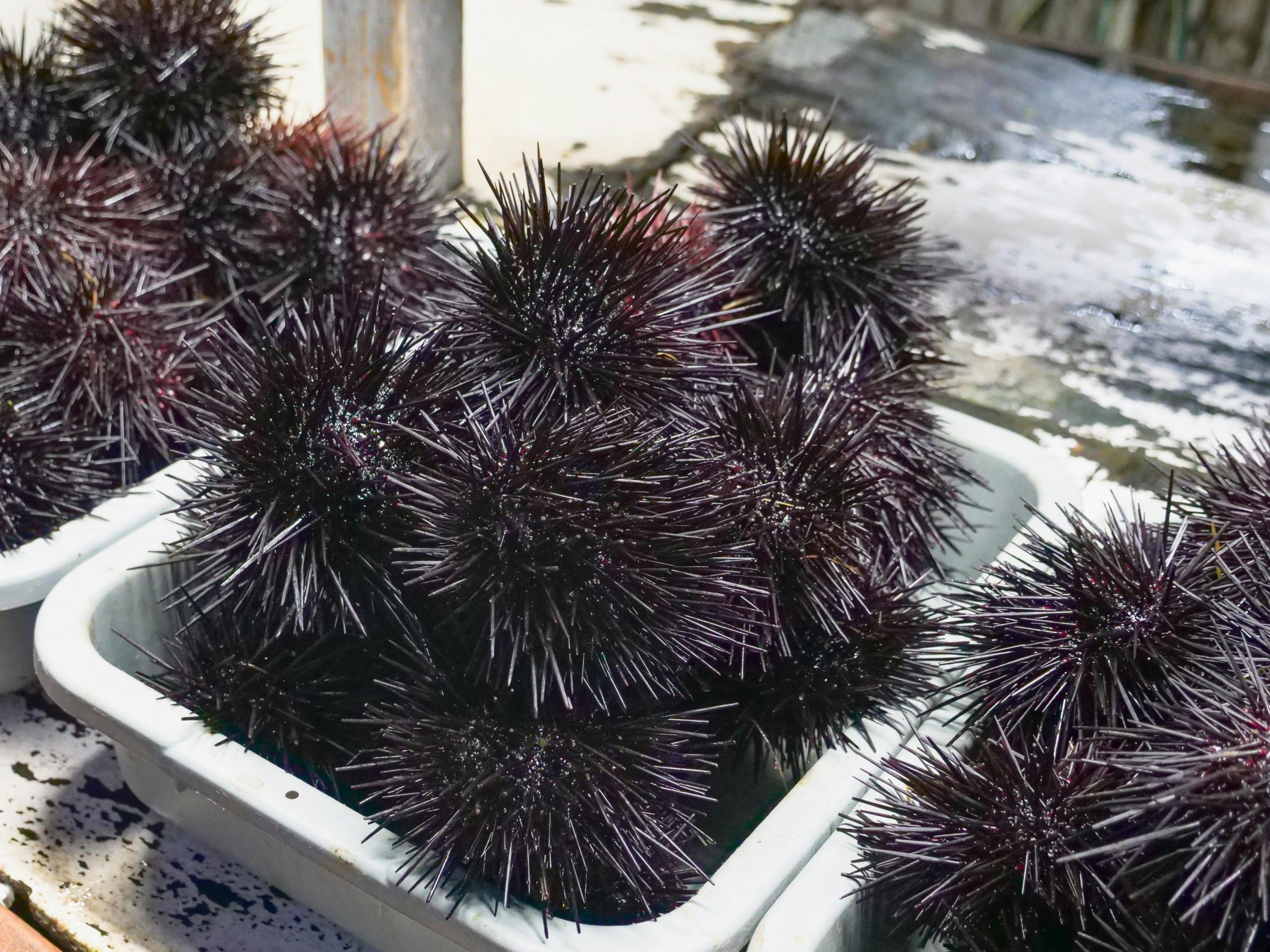
- Readers Rating
- No Rating Yet!
- Your Rating
¿Do you know what are most dangerous ingredients? The kitchen has evolved over the centuries, and with it, the use of a wide variety of ingredients. Some of these are completely safe, while others require specialized knowledge to be consumed without risk. Although the term “dangerous” may sound alarming, many of these ingredients are safe when handled and cooked correctly. In this article, we will explore some of the most dangerous ingredients used in cooking, everyday foods that can be risky if not prepared properly, and the countries where their use is most common.
Dangerous historical ingredients
Throughout history, several cultures have used ingredients that we now know can be toxic or even deadly if not prepared correctly. Some of the most notorious include:
-
Belladonna and jimsonweed
In medieval Europe, herbs like belladonna and jimsonweed were used for medicinal and culinary purposes in small amounts. However, both contain toxic alkaloids that can cause anything from dizziness to death in high doses. These ingredients were handled only by experts and their use was extremely restricted.
-
Ghost pepper and habanero chili
Some extremely spicy chiles, such as the ghost pepper (Bhut Jolokia) or habanero, have been used in traditional dishes in India and Central America. While they are safe in moderate amounts, excessive consumption can cause severe irritation in the digestive system and respiratory issues. This illustrates that even “natural” ingredients can be dangerous if recommended amounts are not respected.
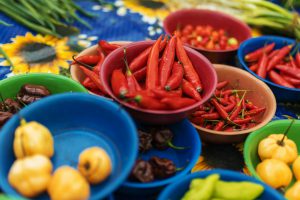
-
Fugu fish
One of the most famous cases is fugu or pufferfish, a fish used in Japanese cuisine. It contains tetrodotoxin, a potent toxin that can be fatal. Only certified chefs with years of training are allowed to prepare it in Japan. This example shows the importance of experience and training when handling potentially dangerous foods.

Everyday foods that can be dangerous if not cooked properly
Many of the ingredients we consume daily can also pose risks if not prepared correctly. Here are a few examples:
-
Potatoes
Potatoes contain solanine, a toxin that concentrates especially in green parts or sprouts. Eating them raw or with large sprouts can cause stomach upset, nausea, or vomiting. Proper cooking, peeling, and removing green parts eliminate this risk.
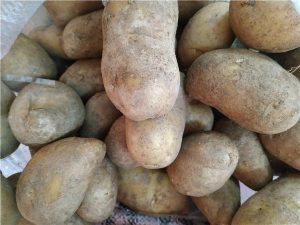
-
Raw legumes
Legumes, such as kidney beans or broad beans, contain lectins and other proteins that can be toxic if consumed raw or undercooked. For example, raw kidney beans can cause severe vomiting and diarrhea. Proper cooking destroys these toxins and makes legumes safe and nutritious.
-
Eggs
Eggs can contain Salmonella, a bacterium that causes food poisoning. Eating raw or undercooked eggs can be risky. However, cooking them at the right temperature eliminates the risk, allowing you to enjoy omelets, scrambled eggs, or hard-boiled eggs without issue.
-
Meat and fish
Raw or undercooked meat and fish can harbor bacteria and parasites like Listeria, E. coli, or Anisakis. Therefore, it’s recommended to cook meat and fish thoroughly or consume them at establishments that guarantee their safety, like sushi prepared by certified chefs.
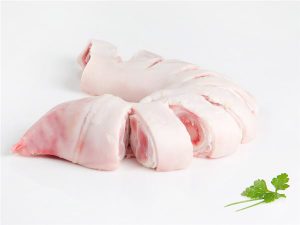
-
Nuts and seeds
Some nuts, like bitter almonds, contain amygdalin, which can release cyanide if consumed excessively and raw. That’s why almonds intended for consumption are typically sweet or toasted. Seeds like flaxseed also need to be ground and consumed in moderation to avoid potential negative effects.
Countries that use the most potentially dangerous ingredients
When analyzing the cultural use of potentially dangerous ingredients, Japan stands out. Fugu is the most famous example, but there are also other foods that require specialized preparation:
-
Raw fish and seafood: Sushi and sashimi are safe if prepared by trained chefs.
-
Wakame and nori seaweed: Can contain excessive iodine if consumed in large amounts.
-
Tubers and roots: Some traditional Japanese vegetables require cooking to remove natural toxins.
Other countries where certain dangerous ingredients are part of the culinary tradition include India, with the use of extremely hot chiles and some seeds, and Mexico, with plants like huitlacoche (a corn fungus) that must be properly cooked.
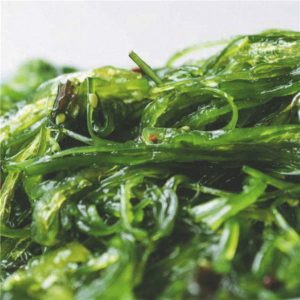
How to prepare these ingredients safely
To enjoy potentially dangerous ingredients without risks, it is recommended to:
-
Inform yourself: Know the potential risks of each ingredient.
-
Cook properly: Cooking temperature and time are crucial.
-
Remove toxic parts: Remove sprouts, green parts, or seeds when necessary.
-
Use reliable sources: Buy food from certified places.
-
Follow traditional recipes: Many of these practices were developed to ensure food safety.
By following these steps, it’s possible to enjoy exotic or traditional ingredients without compromising health.
Benefits of knowing these ingredients
Knowing about potentially dangerous ingredients has several advantages:
-
Greater food safety: Prevents accidental poisoning.
-
Appreciation of traditional cuisine: Allows safe enjoyment of historic and cultural dishes.
-
Culinary creativity: Understanding how to handle tricky ingredients opens up new possibilities in the kitchen.
-
Awareness of responsible consumption: Understanding risks promotes more mindful and healthy habits.
Ultimately, knowledge transforms what could be dangerous into a safe and enriching culinary experience.
The kitchen is full of fascinating ingredients, some of which can be dangerous if mishandled. From everyday foods like potatoes, legumes, and eggs, to exotic ingredients like Japanese fugu, the key is always knowledge and proper preparation.
It’s not about being alarmed but about being informed and following safe practices. By doing so, we can enjoy traditional, exotic, and everyday dishes with complete peace of mind, appreciating the cultural richness and history behind each ingredient.
The culinary world is a place of discovery and creativity, and learning to handle the most dangerous ingredients carefully is part of the magic of cooking and eating consciously. Visit our blog to stay updated with all the gastronomic information!
